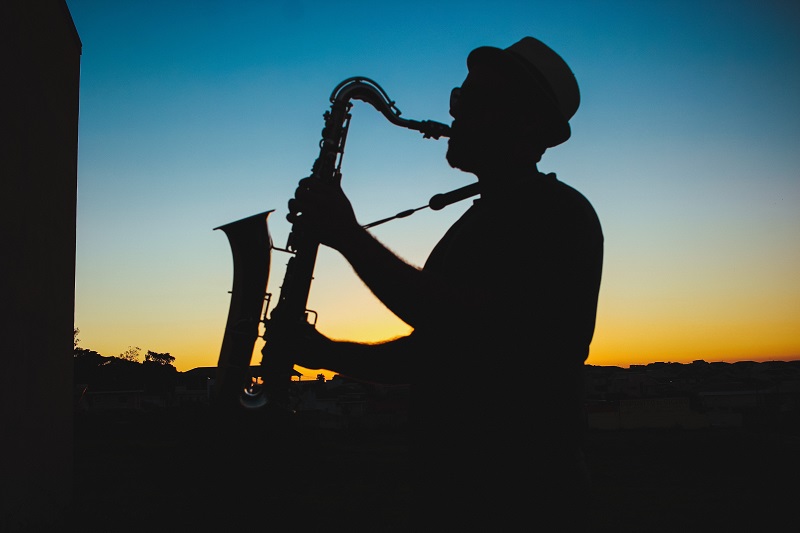
5 Unique Death Rituals from Around the World
Death is a universal process we all share, no matter where we live, what our religion is, or what cultural traditions we follow. Here are five unique ways cultures from around the world deal with death.
- New Orleans jazz funeral
We all may know the iconic images of New Orleans, Louisiana, with the vibrant and colorful jazz funeral procession that has a Cajun feel to it. What’s unique about this funeral walk is the coming together of diverse cultural traditions from Europe and West Africa. Mourners are led by a marching band that brings together joy and grief in one celebration. The jazz notes are sorrowful leading up to the burial but turn lively once the deceased is put to rest in celebration of their life. Mourners often break out into dancing along the parade route.
- Hong Kong scattering of ashes at sea
Hong Kong is one of the most densely populated countries on the planet. With space and burial plots expensive and in high demand, approximately 90 percent of people who live in Hong Kong opt for cremation. However, even urn space comes with a long-waiting list and premium price tag, plus it’s a cultural taboo to hold the urn in one’s home. In order to deal with these challenges, over the last two decades the city has been promoting green burials. Families are encouraged to scatter the ashes of their loved ones in one of several remembrance gardens or at sea. Three areas of sea have been designated for scattering human remains and a free ferry service, shuttles mourners to these spots to cast ashes overboard.
- Dancing with the dead in Madagascar
On the island of Madagascar, death continues to play a key part in family life even after a loved one is buried. A ceremony called famadihana, or “the turning of the bones,” is performed every five to seven years to honor the dead. Bodies are exhumed from ancestral crypts and family members wrap them in fresh shrouds.
The newly dressed deceased then partake as “guests” with family members who drink, talk, and dance with the departed for just one day. Before sun sets, the bodies are returned to the ground and sealed for another five to seven years. This is a joyous ceremony, arising from the belief that the dead who are not exhumed exist in limbo and can never join their ancestors.
- The Filipino hanging coffins
On the island of Luzon in the Philippines, the Igorot people have practiced an ancient death custom dating back 2,000 years. The elderly carve their own individual coffin, which is then hoisted with them in it to the side of a cliff when they die. They are tied or nailed to the cliff thus becoming part of a collection of hanging coffins. This tradition is said to bring the deceased and ancestral spirits together. Before being placed in the coffin, the body is set in a chair, wrapped with leaves and vines, then covered with a blanket. Mourners then pay their respects over several days.
- Ghana fantasy coffins
In Ghana culture, the dead are believed to continue their career in the afterlife and aim to be buried in coffins that represent their work. Families purchase the “fantasy coffins” from dedicated creators who work to design and build a unique resting place. These coffins have been known to come in all shapes and sizes from cars to fish to soda bottles. Families also do this as they don’t wish to upset the deceased because they believe the dead influence the living.
Our services include all of the necessary arrangements for preparation and observance of Jewish funeral tradition. However, we also direct all kinds of traditional and non-traditional funerals. Our family of funeral counselors will be happy to discuss all of the options with you. Call us today at 215-927-5800 or email us at info@goldsteinsfuneral.com.





